Home>Furniture & Design>Bathroom Accessories>Which Is Better: Wood Or Plastic Toilet Seat
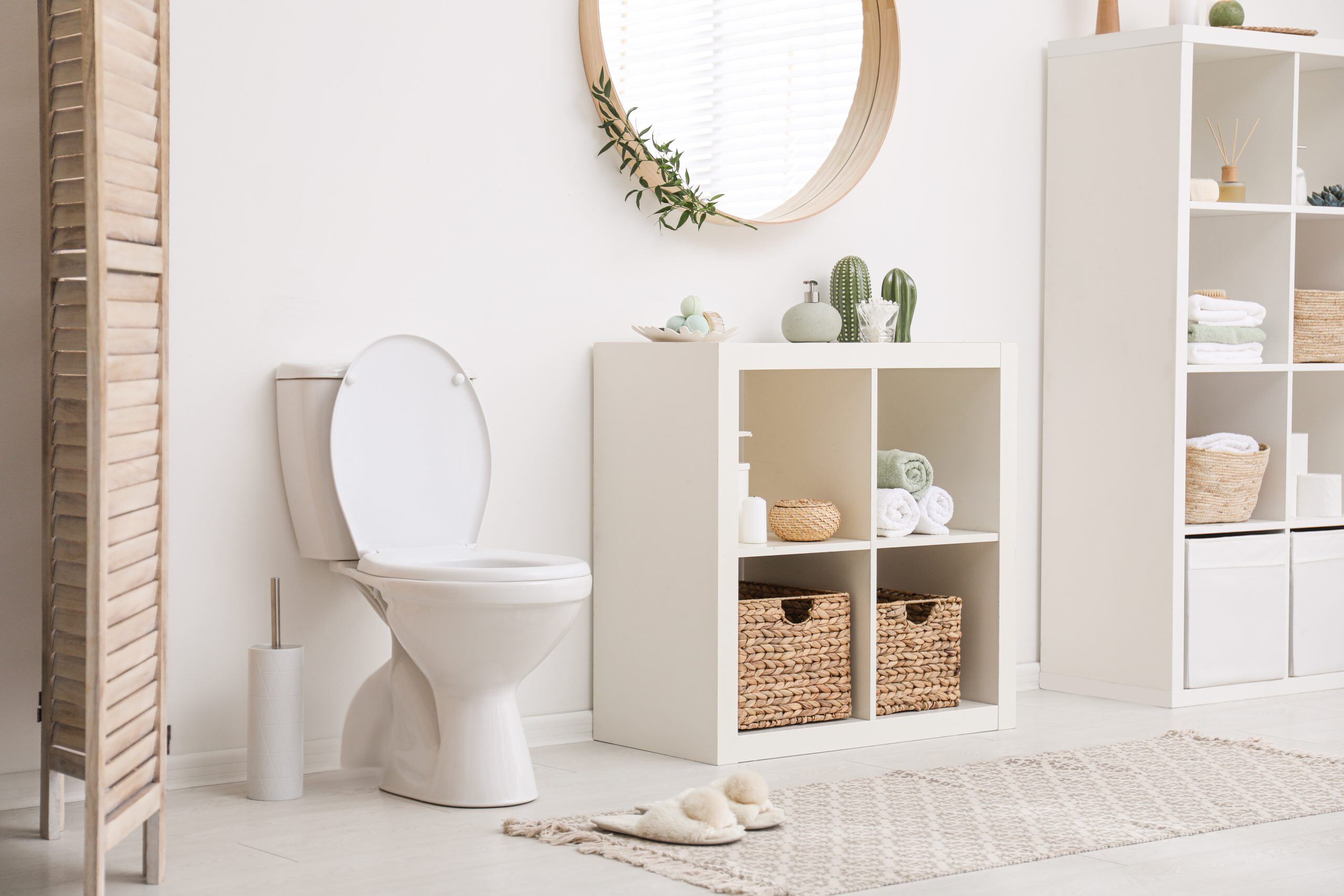

Bathroom Accessories
Which Is Better: Wood Or Plastic Toilet Seat
Modified: March 25, 2024
Discover the pros and cons of wood and plastic toilet seats to make the best choice for your bathroom. Explore our range of bathroom accessories for more options.
(Many of the links in this article redirect to a specific reviewed product. Your purchase of these products through affiliate links helps to generate commission for Storables.com, at no extra cost. Learn more)
Introduction
When it comes to choosing the perfect toilet seat for your bathroom, the decision often boils down to one crucial question: wood or plastic? Both materials have their own unique set of characteristics and benefits, making the choice a matter of personal preference and practical considerations. In this comprehensive guide, we will delve into the key factors to consider when deciding between wood and plastic toilet seats. From cost and durability to comfort and environmental impact, we will explore the nuances of each material to help you make an informed decision that aligns with your needs and preferences. So, let's embark on this journey to unravel the mysteries of toilet seat materials and discover which option reigns supreme in the battle of wood versus plastic.
Key Takeaways:
- Wood toilet seats offer natural warmth and comfort, but may require more maintenance. They are pricier upfront but can provide long-term value and aesthetic appeal.
- Plastic toilet seats are budget-friendly and low-maintenance, but may need more frequent replacements. They offer smooth surfaces and easy cleaning for a hygienic bathroom.
Read more: Which Is Better: Window Seat Or Aisle
Cost
When it comes to the cost of toilet seats, both wood and plastic options offer a range of price points to accommodate various budgets. Plastic toilet seats are generally more affordable than their wooden counterparts. This cost-effectiveness makes plastic seats an attractive option for those seeking a budget-friendly solution without compromising on quality. Additionally, the lower price of plastic toilet seats can be advantageous for individuals looking to outfit multiple bathrooms or rental properties without breaking the bank.
On the other hand, wood toilet seats often come with a higher price tag compared to plastic seats. The cost of wood seats can vary significantly depending on the type of wood used, the craftsmanship, and any additional features such as decorative finishes or ergonomic designs. While the initial investment in a wood toilet seat may be higher, some individuals are willing to pay a premium for the aesthetic appeal and perceived quality associated with wooden bathroom accessories.
It's important to note that while plastic toilet seats are generally more affordable upfront, they may have a shorter lifespan compared to their wooden counterparts. This means that despite the initial cost savings, individuals may find themselves replacing plastic seats more frequently, potentially incurring additional long-term expenses. In contrast, a well-maintained and durable wood toilet seat has the potential to offer a longer service life, potentially offsetting the initial higher cost over time.
Ultimately, the cost of a toilet seat, whether wood or plastic, should be considered in conjunction with other factors such as durability, comfort, and personal preferences. By weighing the upfront cost against long-term value and performance, individuals can make an informed decision that aligns with their budget and quality expectations.
Durability
When it comes to the durability of toilet seats, both wood and plastic options have distinct characteristics that influence their longevity and resilience in the demanding environment of a bathroom. Plastic toilet seats are known for their inherent durability, as they are resistant to moisture, humidity, and everyday wear and tear. This resilience makes plastic seats a practical choice for households with high bathroom traffic, as they can withstand frequent use without showing signs of deterioration. Additionally, plastic seats are less susceptible to chipping, cracking, or warping, further contributing to their overall durability.
On the other hand, wood toilet seats, while often perceived as elegant and timeless, may raise concerns about their durability in a moisture-rich setting. However, advancements in wood treatment and sealing technologies have significantly enhanced the durability of wood toilet seats, making them more resistant to moisture and humidity. High-quality wood seats undergo specialized treatments to protect against water damage, ensuring that they maintain their structural integrity and aesthetic appeal over time.
When considering durability, it's essential to factor in the quality of the materials and construction. High-grade hardwoods such as oak, maple, or walnut are commonly used for crafting wood toilet seats, offering exceptional strength and resilience. Additionally, the application of protective finishes and coatings further enhances the durability of wood seats, shielding them from moisture and environmental factors.
While plastic toilet seats excel in moisture resistance and overall robustness, wood seats can also deliver impressive durability when properly maintained. Regular cleaning and the application of wood-friendly sealants can prolong the lifespan of wood toilet seats, allowing them to withstand the rigors of daily use while retaining their natural beauty.
Ultimately, the durability of a toilet seat, whether wood or plastic, is influenced by various factors, including material quality, maintenance practices, and environmental conditions. By selecting a toilet seat that aligns with your specific durability requirements and maintenance preferences, you can ensure long-lasting performance and satisfaction in your bathroom space.
Comfort
Comfort is a pivotal aspect to consider when selecting a toilet seat, as it directly impacts the overall bathroom experience. Both wood and plastic toilet seats offer unique comfort attributes that cater to individual preferences and ergonomic needs.
Plastic toilet seats are often praised for their smooth and seamless surface, providing a comfortable seating experience. The sleek texture of plastic seats contributes to a pleasant feel and ease of cleaning, making them a popular choice for those prioritizing hygiene and maintenance convenience. Additionally, some plastic seats feature ergonomic contours and molded designs that enhance comfort during use, offering a supportive and comfortable seating surface.
On the other hand, wood toilet seats are celebrated for their natural warmth and tactile appeal. The organic texture and gentle warmth of wood can create a cozy and inviting seating experience, adding a touch of comfort and luxury to the bathroom environment. Furthermore, wood seats have the potential to adapt to the body's temperature, providing a soothing and comfortable feel, especially during colder seasons.
In addition to material characteristics, the design and construction of the toilet seat play a significant role in determining comfort. Both wood and plastic seats are available in a variety of shapes, including elongated and round designs, allowing individuals to select a configuration that best suits their comfort preferences and bathroom fixtures.
When evaluating comfort, it's essential to consider factors such as seat shape, surface texture, and temperature retention. While plastic seats offer a smooth and easy-to-clean surface, wood seats provide a natural warmth and tactile comfort. Ultimately, the choice between wood and plastic toilet seats in terms of comfort hinges on personal preferences, ergonomic considerations, and the desired sensory experience in the bathroom space.
By prioritizing comfort in the selection process, individuals can elevate their bathroom comfort and create a relaxing and inviting environment for their daily routines. Whether opting for the sleekness of plastic or the natural warmth of wood, the comfort of the toilet seat can significantly enhance the overall bathroom experience, promoting relaxation and well-being.
When choosing between a wood or plastic toilet seat, consider that wood seats are more comfortable and durable, while plastic seats are easier to clean and less likely to crack. Consider your priorities and choose accordingly.
Maintenance
Maintenance is a crucial consideration when choosing a toilet seat, as it directly impacts the long-term performance and appearance of the fixture. Both wood and plastic toilet seats have distinct maintenance requirements that individuals should take into account to ensure the continued functionality and aesthetic appeal of their bathroom accessories.
Plastic toilet seats are renowned for their low-maintenance nature, making them an attractive option for individuals seeking hassle-free upkeep. The smooth and non-porous surface of plastic seats facilitates effortless cleaning, as it resists the buildup of dirt, grime, and bacteria. Regular wiping with mild soap and water is typically sufficient to maintain the cleanliness of plastic seats, ensuring a hygienic and visually appealing bathroom environment. Additionally, the durable nature of plastic seats minimizes the need for extensive maintenance, as they are resistant to staining, discoloration, and water damage.
On the other hand, wood toilet seats require a slightly different approach to maintenance to preserve their natural beauty and structural integrity. While wood seats may necessitate more attentive care compared to their plastic counterparts, they offer a timeless aesthetic that appeals to many individuals. To maintain the luster and durability of wood toilet seats, it is essential to clean them with gentle, non-abrasive cleaners specifically formulated for wood surfaces. Additionally, periodic resealing or re-finishing may be recommended to protect the wood from moisture and maintain its smooth texture.
Regardless of the material chosen, it is important to avoid harsh chemical cleaners, abrasive sponges, or abrasive cleaning agents, as these can compromise the integrity of the toilet seat and diminish its visual appeal. By adhering to the recommended maintenance guidelines for plastic or wood toilet seats, individuals can ensure that their bathroom fixtures remain in optimal condition, providing long-lasting functionality and aesthetic charm.
When considering maintenance, it is important to factor in the ease of cleaning, resistance to staining, and the longevity of the material. While plastic seats offer low-maintenance cleaning and robust durability, wood seats require gentle care and periodic maintenance to preserve their natural elegance. By understanding the maintenance requirements associated with each material, individuals can make an informed decision that aligns with their maintenance preferences and lifestyle.
In summary, maintenance plays a pivotal role in the upkeep of toilet seats, influencing their cleanliness, longevity, and visual appeal. By selecting a toilet seat that aligns with your maintenance habits and preferences, you can ensure that your bathroom remains a pristine and inviting space for daily use.
Read more: Which Bidet Toilet Seat Is Best
Hygiene
Hygiene is a critical aspect of any bathroom fixture, and the choice of a toilet seat material can significantly impact the overall cleanliness and sanitation of the bathroom environment. When evaluating the hygiene considerations associated with wood and plastic toilet seats, several factors come into play, influencing the maintenance of a germ-free and sanitary space.
Plastic toilet seats are often lauded for their non-porous surface, which inherently resists the accumulation of bacteria, mold, and mildew. This characteristic makes plastic seats relatively easy to clean and maintain, as they can be effectively sanitized with mild soap and water. The smooth and impermeable nature of plastic seats minimizes the potential for bacterial growth, contributing to a hygienic and visually pristine bathroom setting. Additionally, the durable construction of plastic seats ensures that they can withstand regular cleaning without deteriorating, further enhancing their hygiene appeal.
On the other hand, wood toilet seats, while exuding a timeless charm, may raise concerns about their susceptibility to moisture and bacterial buildup. However, advancements in wood treatment and sealing technologies have bolstered the hygiene performance of wood seats, making them more resistant to microbial proliferation. High-quality wood seats undergo specialized treatments to protect against water damage and bacterial infiltration, ensuring that they maintain a hygienic surface that is easy to clean and sanitize.
When it comes to maintaining hygiene, both plastic and wood toilet seats require regular cleaning and disinfection to uphold a sanitary bathroom environment. By adhering to recommended cleaning practices and using non-abrasive cleaners, individuals can effectively eliminate germs and maintain a clean and hygienic toilet seat, regardless of the material chosen. Additionally, the choice of a toilet seat with a smooth and non-porous surface, whether plastic or treated wood, can contribute to easier cleaning and reduced bacterial retention, promoting optimal hygiene in the bathroom space.
Ultimately, the hygiene considerations associated with toilet seat materials underscore the importance of selecting a fixture that aligns with cleanliness priorities and maintenance habits. By prioritizing hygiene in the decision-making process, individuals can create a sanitary and inviting bathroom environment that promotes well-being and peace of mind.
Environmental Impact
The environmental impact of toilet seat materials is a significant consideration in today's eco-conscious society. When evaluating the sustainability of wood and plastic toilet seats, several factors come into play, shedding light on the ecological footprint of these common bathroom fixtures.
Plastic toilet seats, derived from synthetic polymers, raise concerns regarding their environmental impact. The production of plastic involves the consumption of non-renewable resources, such as petroleum, and the emission of greenhouse gases. Additionally, the disposal of plastic seats at the end of their lifespan can contribute to environmental pollution and landfill accumulation. The non-biodegradable nature of plastic further exacerbates its environmental implications, as it can persist in the environment for extended periods, posing a threat to ecosystems and wildlife.
In contrast, wood toilet seats, particularly those crafted from sustainably sourced hardwoods, offer a more environmentally friendly alternative. When harvested responsibly from well-managed forests, wood contributes to carbon sequestration and forest regeneration, aligning with principles of sustainable forestry. Furthermore, the biodegradability of wood ensures that at the end of its useful life, it can naturally decompose without leaving a lasting ecological impact. By opting for wood toilet seats made from certified sustainable sources, individuals can support responsible forest management practices and minimize their environmental footprint.
Moreover, the longevity of wood toilet seats, when properly maintained, can further enhance their eco-friendliness. By investing in a durable wood seat that withstands the test of time, individuals can reduce the frequency of replacements, thereby curbing the consumption of resources and the generation of waste associated with disposable plastic alternatives.
In the context of environmental impact, the choice between wood and plastic toilet seats carries implications for resource consumption, waste generation, and ecological sustainability. By considering the lifecycle of each material and its implications for the environment, individuals can make an informed decision that aligns with their commitment to environmental stewardship and sustainable living.
In summary, the environmental impact of toilet seat materials underscores the importance of selecting fixtures that minimize resource depletion, waste generation, and environmental harm. By prioritizing eco-friendly materials and responsible manufacturing practices, individuals can contribute to a healthier planet and a more sustainable future for generations to come.
Conclusion
In the perennial debate between wood and plastic toilet seats, both materials offer distinct advantages and considerations that cater to diverse preferences and practical needs. The choice between wood and plastic ultimately hinges on a myriad of factors, including cost, durability, comfort, maintenance, hygiene, and environmental impact. By carefully weighing these elements, individuals can make an informed decision that aligns with their unique priorities and values.
When it comes to cost, plastic toilet seats often present a more budget-friendly option, making them an attractive choice for those seeking an economical solution without compromising on quality. On the other hand, wood toilet seats, while initially pricier, may offer long-term value and aesthetic appeal that resonate with discerning consumers.
In terms of durability, both wood and plastic toilet seats have distinct characteristics that influence their resilience in the demanding environment of a bathroom. While plastic seats excel in moisture resistance and robustness, advancements in wood treatment and sealing technologies have significantly enhanced the durability of wood seats, making them more resistant to environmental factors.
Comfort plays a pivotal role in the selection process, with plastic seats offering a smooth and easy-to-clean surface, while wood seats provide a natural warmth and tactile comfort. The choice between the two materials hinges on personal preferences, ergonomic considerations, and the desired sensory experience in the bathroom space.
Maintenance requirements also differ between wood and plastic toilet seats, with plastic seats offering low-maintenance cleaning and robust durability, while wood seats require gentle care and periodic maintenance to preserve their natural elegance. By adhering to the recommended maintenance guidelines for each material, individuals can ensure that their bathroom fixtures remain in optimal condition.
Hygiene considerations underscore the importance of selecting a toilet seat with a smooth and non-porous surface, whether plastic or treated wood, to promote optimal cleanliness and sanitation in the bathroom space. Regular cleaning and disinfection are essential for maintaining a germ-free and hygienic environment, regardless of the material chosen.
Finally, the environmental impact of toilet seat materials highlights the significance of selecting fixtures that minimize resource depletion, waste generation, and environmental harm. Wood toilet seats, particularly those crafted from sustainably sourced hardwoods, offer a more environmentally friendly alternative, aligning with principles of sustainable forestry and responsible consumption.
In conclusion, the decision between wood and plastic toilet seats is multifaceted, encompassing considerations of cost, durability, comfort, maintenance, hygiene, and environmental impact. By evaluating these factors in conjunction with personal preferences and values, individuals can select a toilet seat that not only meets their practical needs but also aligns with their commitment to quality, sustainability, and well-being in the bathroom space.
Frequently Asked Questions about Which Is Better: Wood Or Plastic Toilet Seat
Was this page helpful?
At Storables.com, we guarantee accurate and reliable information. Our content, validated by Expert Board Contributors, is crafted following stringent Editorial Policies. We're committed to providing you with well-researched, expert-backed insights for all your informational needs.
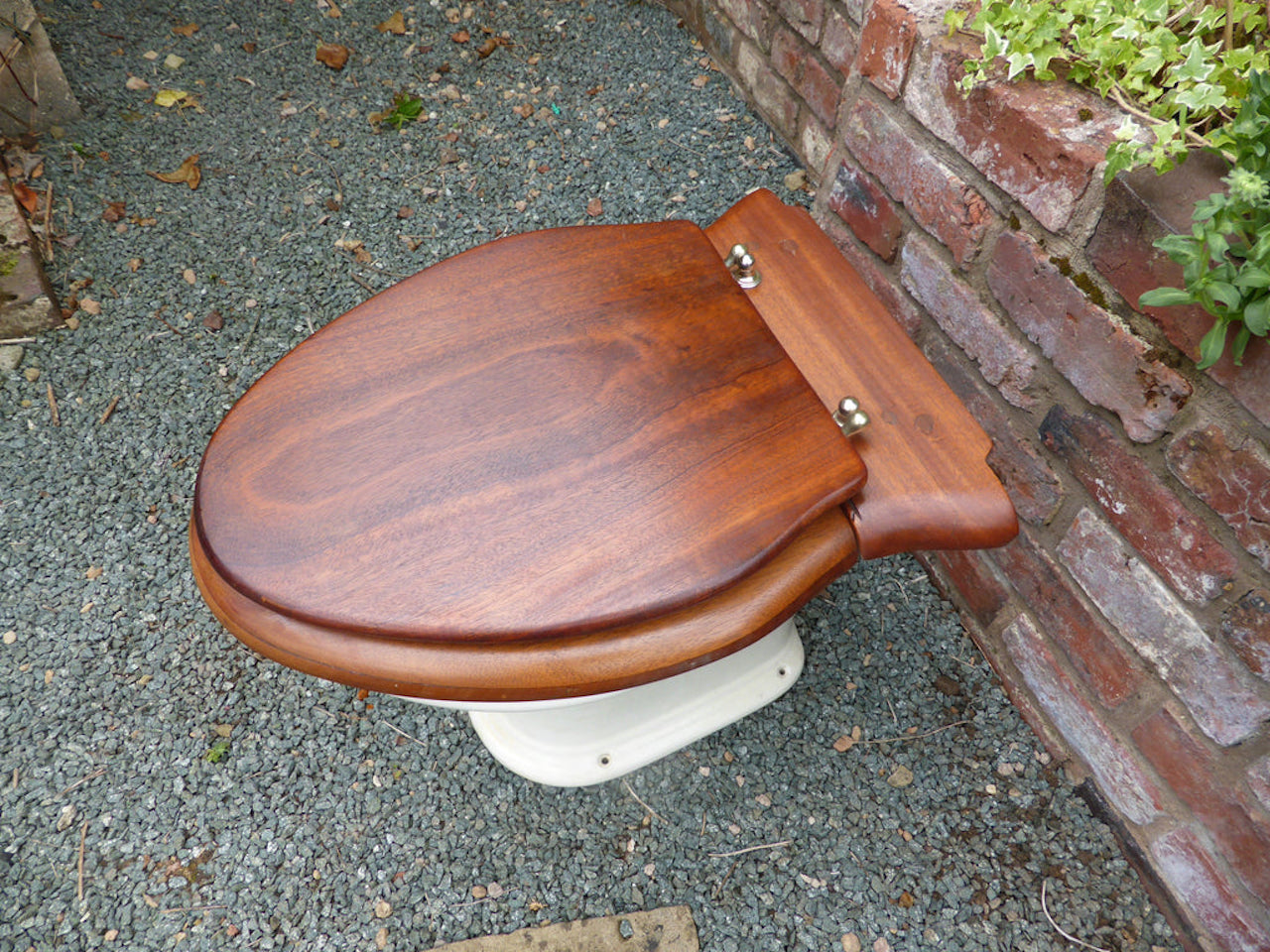
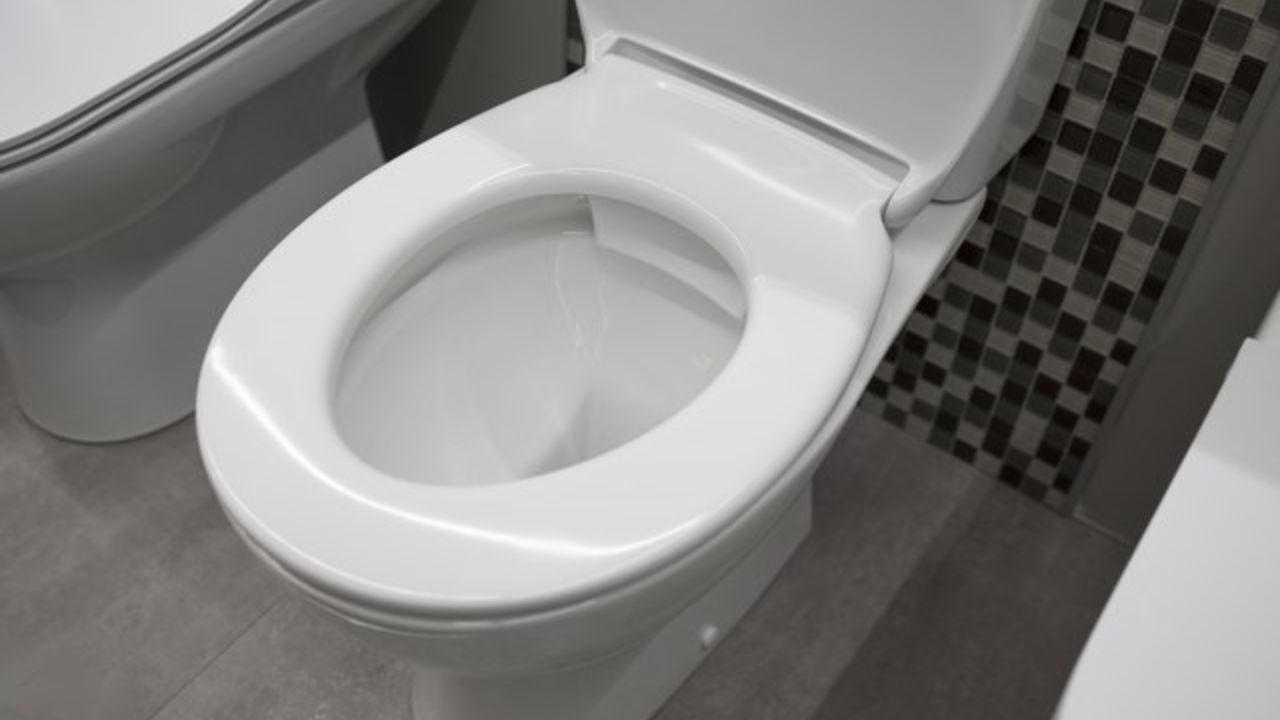
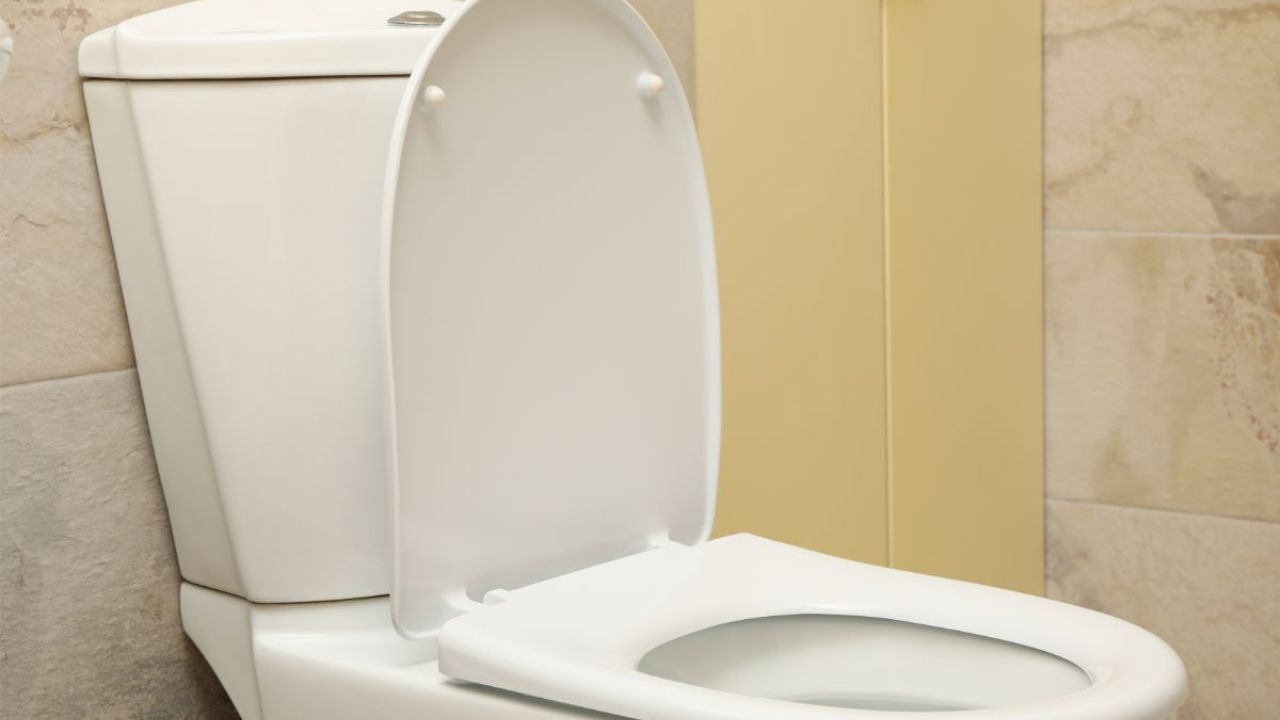
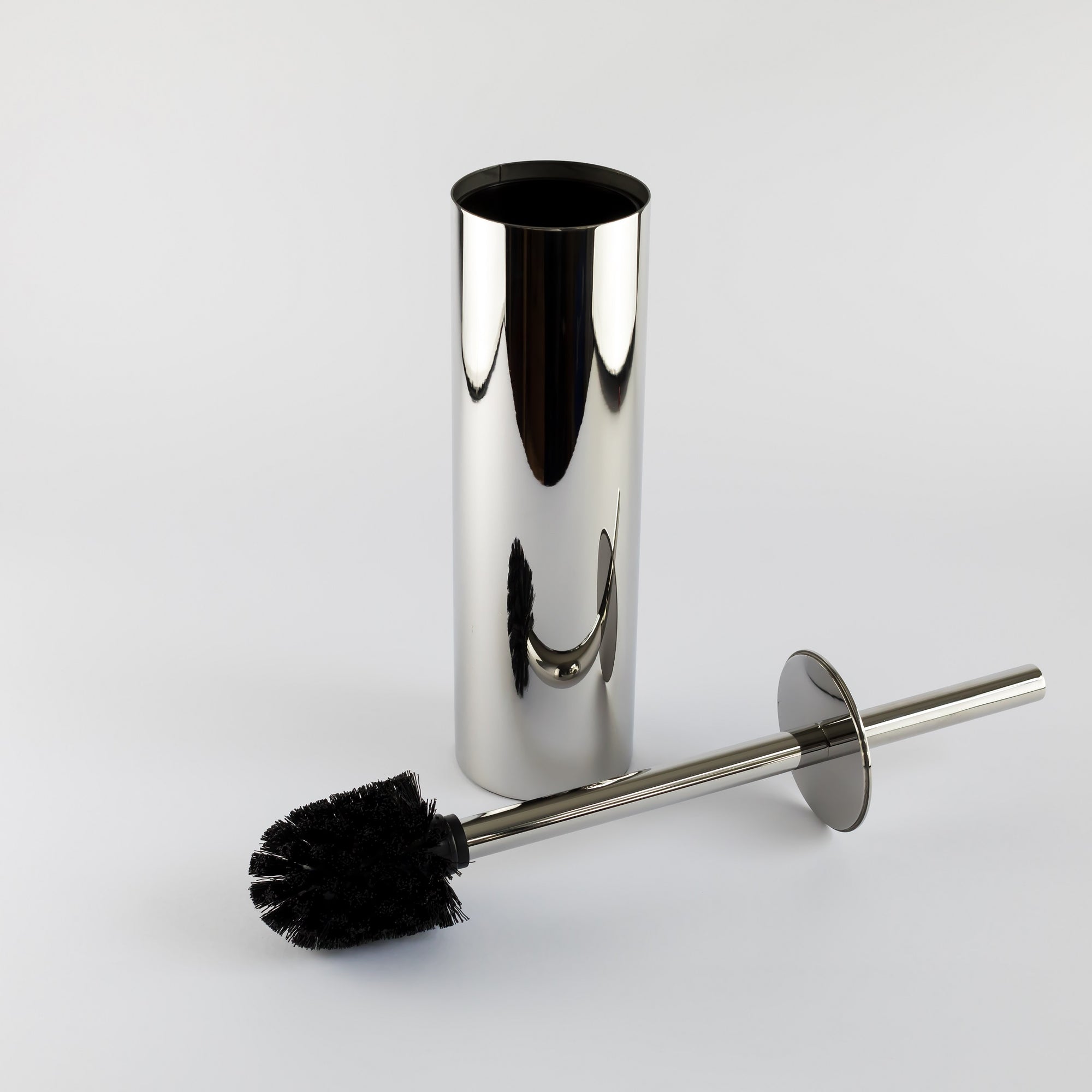


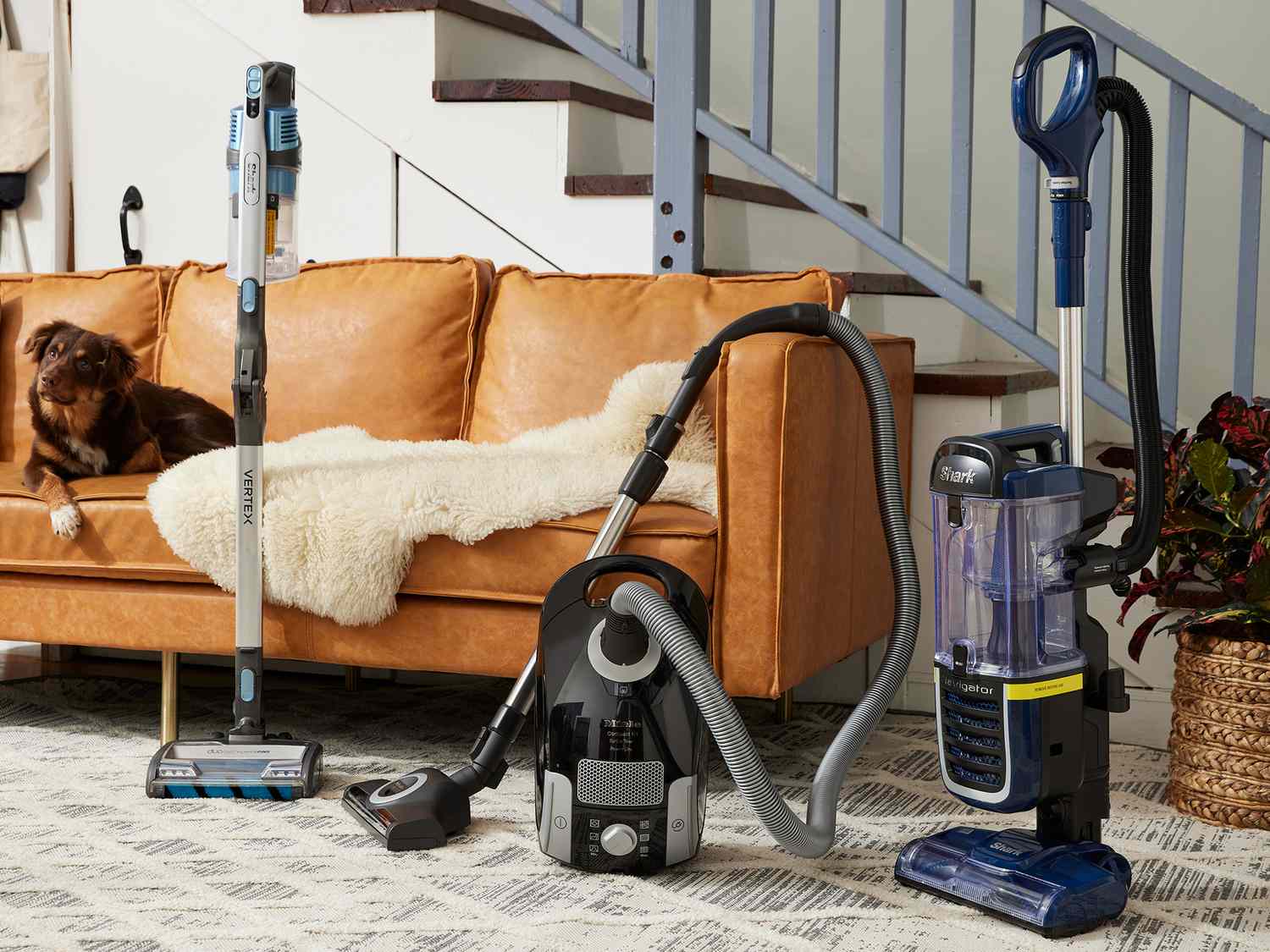




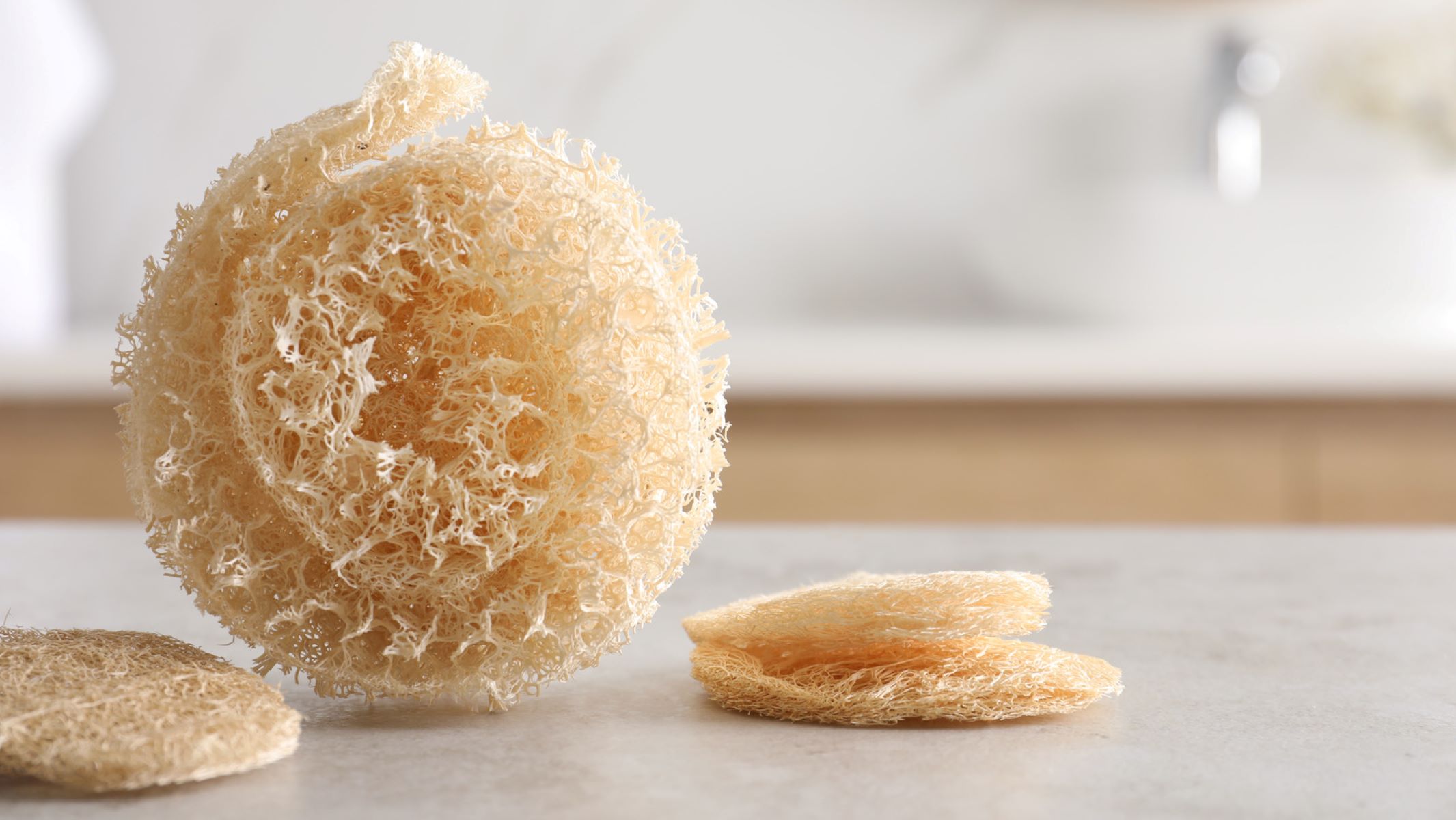
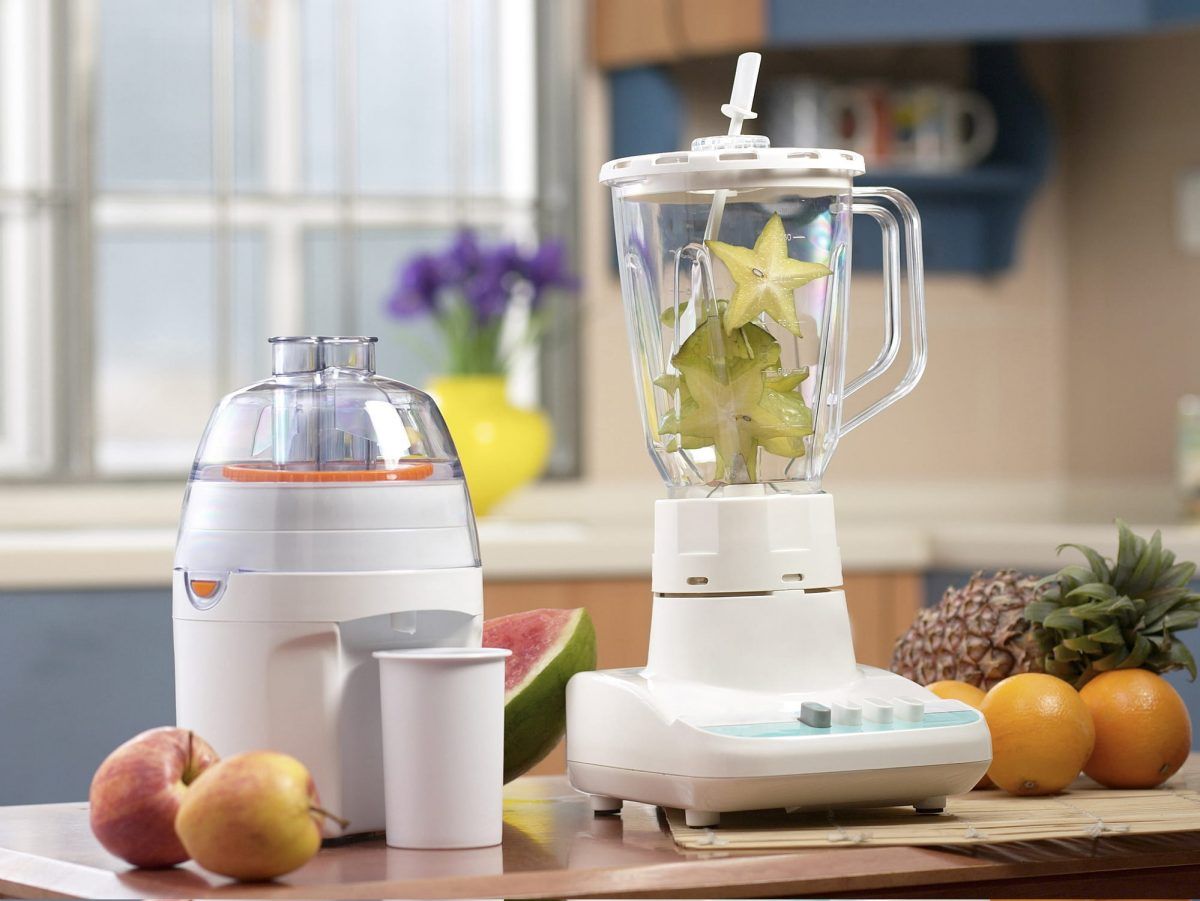


0 thoughts on “Which Is Better: Wood Or Plastic Toilet Seat”